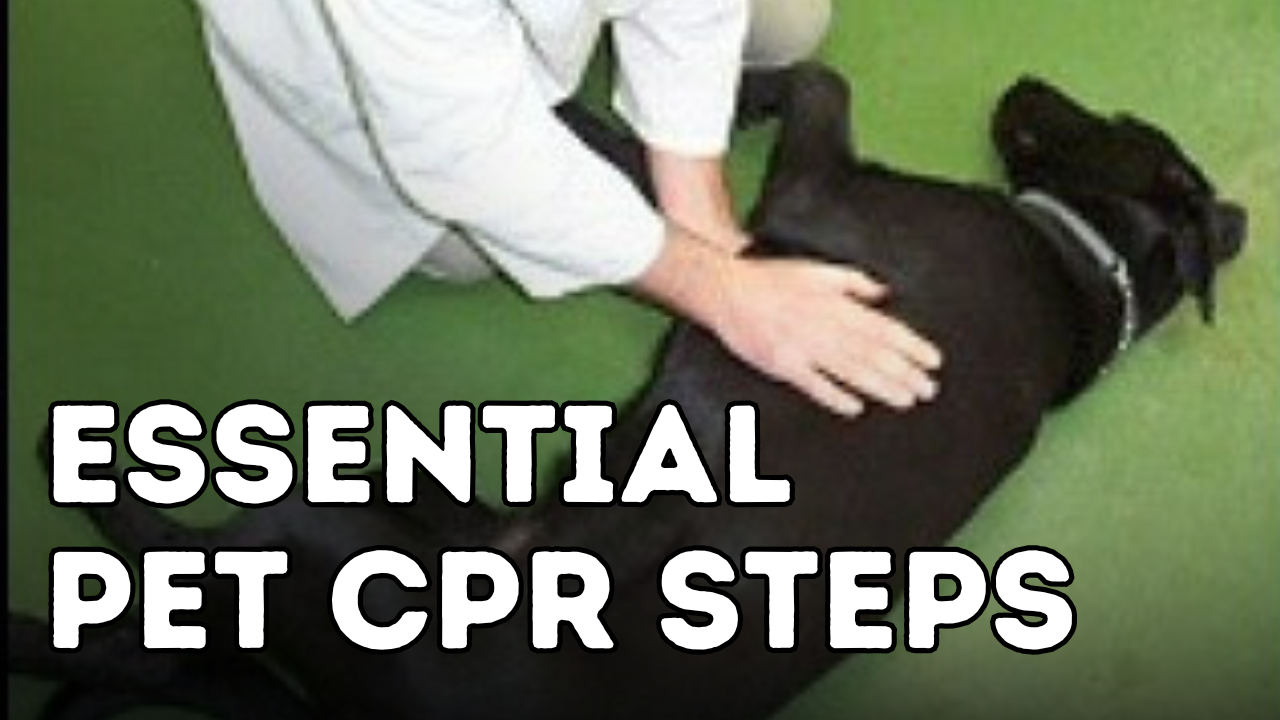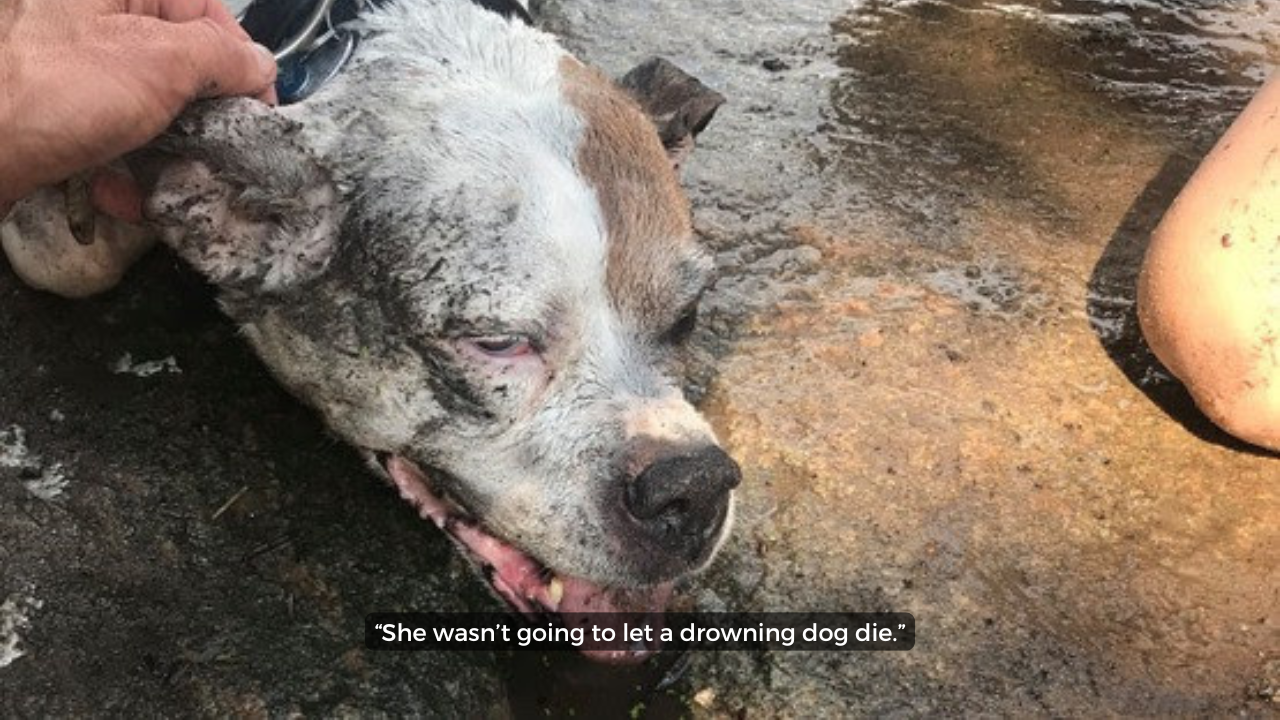Could You Save Your Dog’s Life? Essential CPR Steps Every Pet Parent Should Know

Be Prepared for Emergencies with Safe, Effective Pain Relief for Your Pets
Emergencies always seem to occur at the most inconvenient times—especially during holidays. Today is Thanksgiving here in Canada, and without a doubt, veterinary clinics are packed with calls and visits. That’s why it’s so important to be prepared in case your pet needs immediate attention.
Pain Relief That’s Safe for Both Dogs and Cats
One of the best things you can have on hand is a pain relief solution that works quickly, has minimal side effects, and is safe for both dogs and cats. This is where cannabinoids, such as Cannabidiol (CBD), come in. Other cannabinoids, like CBC, CBG, CBN, and even THC (in appropriate, safe doses), can provide immediate and effective relief.
Cannabinoid Options for Your Pets
If you haven’t yet tried our CBD supplement, it’s an excellent option to start with. You can find it here:
Dr. Jones’ ULTIMATE CBD for Dogs and Cats
For pets who need additional support, we’ve developed a new cannabinoid blend that combines CBD with CBC, CBG, and CBN. This blend offers enhanced pain relief and is a great alternative if CBD alone isn’t enough. You can check it out here:
Dr. Jones’ ULTIMATE Cannabinoid Blend for Dogs and Cats

Being prepared with the right tools can make all the difference for your pets during emergencies—especially on those busy holiday weekends.

Dog Lover Saves Drowning Pit Bull with CPR
I couldn’t help but be moved by this incredible story of a devoted dog lover who saved a drowning pit bull’s life through quick thinking and CPR. It’s a reminder of how essential first aid skills, like CPR, can be for all pet owners. Let me take you through what happened.
The Heroic Rescue
It all started when Holly DeRito, a resident of the Lower East Side, was walking her Chihuahuas, Angelina and Ludwig, in Brooklyn’s Prospect Park. Chaos erupted when she heard people screaming, “Call 911!" and saw someone pulling a dog, a 12-year-old pit bull named Bella, out of the water.
“She was soaking wet and covered in dirt from being dragged onto the ground. Her nose was cold and wet, but she wasn’t breathing,” Holly recalled.
The owners of the dog were in shock, pleading, “No, no, no, please, no!” Holly knew she had to act fast. As someone who loves dogs deeply, she immediately thought, “If this were my dog, I’d do anything to save her.”
The Critical Moments of CPR
Another bystander had already attempted to help by performing a Heimlich maneuver on Bella, trying to pump water out of her lungs. But Bella was still unresponsive. That’s when Holly jumped in, performing “mouth-to-snout" resuscitation.
“I cupped her mouth shut and breathed into her nostrils,” Holly explained, “Her tongue was turning blue, and I feared she wasn’t going to make it.”
In a moment of panic, someone dialed 911, but the operator said, “This isn’t an emergency. Call 311.” Holly knew there was no time to waste—it was up to them to save Bella.
“I kept checking to see if she was breathing,” Holly said, “and finally, she took a small breath, coughed, and started breathing on her own.”

Essential First Aid: CPR for Pets
As incredible as this story is, it’s important for all of us pet owners to know how to administer CPR. Cardiopulmonary resuscitation (CPR) is one of the most important skills you can have—it could save your dog’s life one day, just like Bella’s.
Here’s a breakdown of the steps in CPR, which I encourage every pet parent to familiarize themselves with.
Step 1: Assess Responsiveness
Before starting CPR, always make sure your dog is truly unresponsive.
- Check for breathing by placing your hand in front of their mouth and nose.
- Check for a heartbeat by placing your ear against the left side of their chest, just behind the left armpit.
Step 2: Clear the Airway
The next critical step is to ensure their airway is clear.
- Pull their tongue out gently, being careful not to get bitten.
- Straighten their neck without overextending it, especially if there’s a possibility of neck trauma.
- Perform two rescue breaths by closing their mouth and breathing into their nose. If they still aren’t breathing, check for blockages.
- Visually inspect their throat for foreign objects. If you see something, remove it.
If the airway remains blocked, you may need to perform the Heimlich maneuver.
Step 3: Rescue Breathing
Once the airway is clear, begin rescue breathing.
- Close their mouth and breathe directly into their nose until the chest expands. If the chest doesn’t rise, go back to clearing the airway.
- Aim for about 8 breaths per minute, or 2 breaths every 15 seconds.
Step 4: Cardiac Massage (Circulation)
If your dog’s heart isn’t beating, you’ll need to perform chest compressions.
- Lay them on their right side.
- Locate the heart, which is on the left side of their chest, behind the front left leg.
- Place one hand beneath the heart for support and the other over the heart to perform compressions.
- Compress 30 times, followed by 2 rescue breaths. Repeat this cycle until your dog starts breathing on their own or you feel a heartbeat.
Remember, compressions should be about 1/2 inch deep for small dogs and 1 1/2 inches deep for larger dogs.
Don’t Wait—Act Now
Once your pet is breathing and their heart is beating, call your veterinarian immediately. Timing is everything in these situations, and knowing CPR can be the difference between life and death.
It’s amazing to read stories like Holly’s where someone stepped up and saved a dog’s life. I’ve had to perform CPR in my own veterinary practice, and I can’t stress enough how crucial it is for pet owners to know this skill. There’s no time to hesitate in an emergency, but it’s comforting to know that CPR isn’t complicated—it’s something most pet parents can master with a bit of practice.
P.S. If you’re putting together a first aid kit for your pet, I highly recommend considering some natural painkillers.
Dr. Jones’ ULTIMATE CBD for Dogs and Cats
For pets who need additional support, we’ve developed a new cannabinoid blend that combines CBD with CBC, CBG, and CBN. This blend offers enhanced pain relief and is a great alternative if CBD alone isn’t enough. You can check it out here:
Dr. Jones’ ULTIMATE Cannabinoid Blend for Dogs and Cats

These are great additions for both daily health and emergency situations.
Stay safe, and be prepared!



